30 Jun2020
By Monika Jo
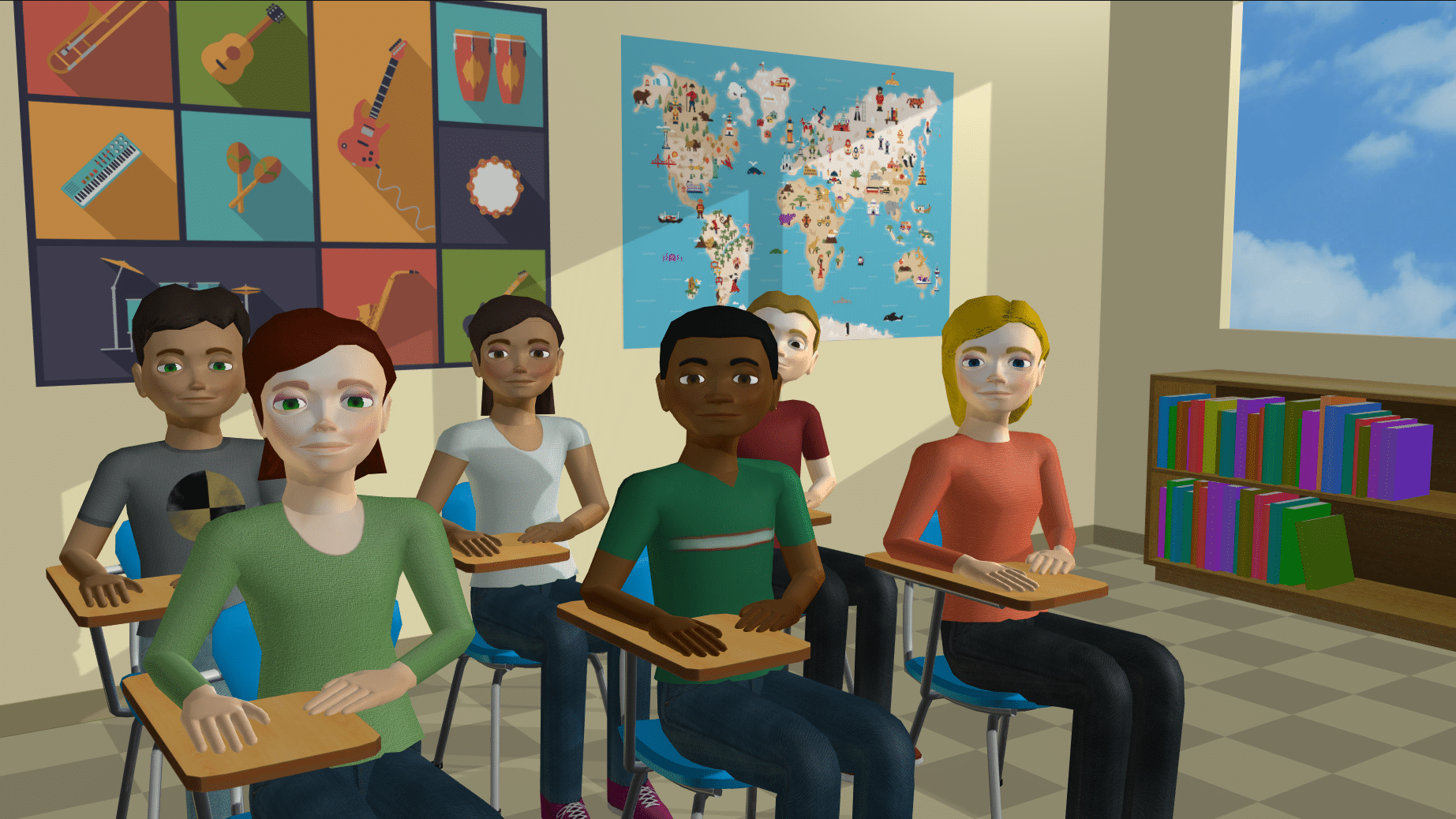 Face-to-face clinical field experience cancelled? Find out how teacher candidates can safely practice instructional strategies through virtual reality (VR) classrooms.
Face-to-face clinical field experience cancelled? Find out how teacher candidates can safely practice instructional strategies through virtual reality (VR) classrooms.
Join the AACTE and Mursion co-sponsored webinar, “Feasibility & Utility of Mixed Reality Simulations in Higher Education,” presented by guest speakers from AACTE and Kennesaw State University tomorrow, Tuesday, June 30 at 1:00 p.m. ET. The presenters will share their wealth of experience using mixed reality solutions and will engage in critical dialogue on the feasibility and utility of mixed reality simulations in higher education. You will discover how virtual simulations help teacher candidates develop high-leverage practices before entering real-world clinical experiences.
26 Jun2020
By Blair Mann
Parents and teachers have had to deal with unprecedented challenges during the COVID-19 pandemic, but their demand for data is as strong as ever. The Data Quality Campaign’s (DQC) fifth parent poll and third teacher poll—conducted by The Harris Poll—makes clear that, especially during these uncertain times, parents and teachers value data. DQC’s national polls found that parents overwhelmingly want more information to support student success and teachers want more data on how the COVID-19 crisis has affected student learning—but teachers also want training and resources to use that data effectively. As state leaders pursue efforts to restart school in the fall, state policymakers and school leaders must take action to give parents and teachers the information and resources they need to ensure their students succeed.
“While the pandemic causes uncertainty in and out of schools, we know that parents and teachers want data and need more support to use it to help their students succeed,” said Data Quality Campaign President and CEO Jennifer Bell-Ellwanger. “As state and district leaders prepare for instruction to resume—whether it’s in person, virtual, or a hybrid—they must prioritize getting parents the information they need and ensuring that teachers have both the data they need and the tools to use it. Taking steps toward both of these goals will ensure that those closest to students have the data they need to make decisions that best serve students.”
Parents see the value of data. They want more data to understand the effects of school closures on student learning in their communities and to inform recovery efforts to best meet students’ and families’ evolving needs.
25 Jun2020
By Jacqueline Rodriguez
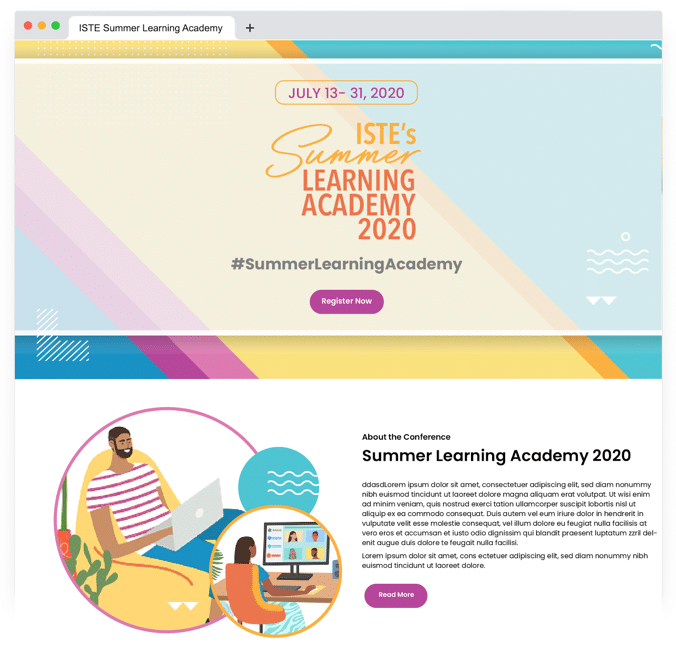 As we look toward fall 2020, it is clear that PK-12 schools will continue to use some blend of online and face-to-face learning as they deal with social distancing requirements and a possible resurge of COVID-19 cases. Teaching effectively with technology is now an essential competency for all educators.
As we look toward fall 2020, it is clear that PK-12 schools will continue to use some blend of online and face-to-face learning as they deal with social distancing requirements and a possible resurge of COVID-19 cases. Teaching effectively with technology is now an essential competency for all educators.
This summer provides a window of opportunity to deepen teacher candidates’ ability to effectively use technology to support learning. But that shift will not happen through checklists or tool training alone. Educators need explicit strategies and peer support. They also need professional learning experiences that will count towards their ongoing career development and continuing education credits.
To address these issues, AACTE is proud to team up with the International Society for Technology in Education (ISTE) to launch a Summer Learning Academy designed to prepare K-12 educators and teacher candidates for teaching in online and blended learning settings this fall.
This fun 3-week summer learning experience will provide the online teaching support educators have been asking for in a flexible format that meets their needs. Educators who successfully complete the program earn continuing education units (CEUs) and graduate-level credit.
25 Jun2020
By Daniel Bergman
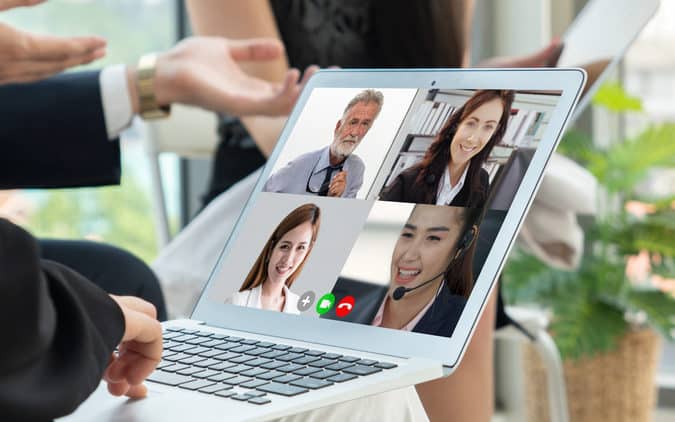
Like many educators, I experienced a crash course in teaching via Zoom during 2020. More than another technological tool, videoconferencing has helped me rethink and refine my pedagogical practice—for both online and face-to-face settings.
Classroom Norms
In my typical class sessions, we jump into instruction and activities to model “on-task” productivity. However, Zoom has reminded me that giving attention to procedures and expectations is time well spent.
In a videoconference setting, these “norms” often relate to technical set up—microphones, chatroom, camera, etc. Such issues relate to all sorts of teaching environments. How can students use phones or other devices? What should they write down or record? When and how do they talk with one another and the instructor? These are all important questions, and answering them at the start establishes expectations for successful learning (Finley, 2013).
22 Jun2020
By Monika Jo
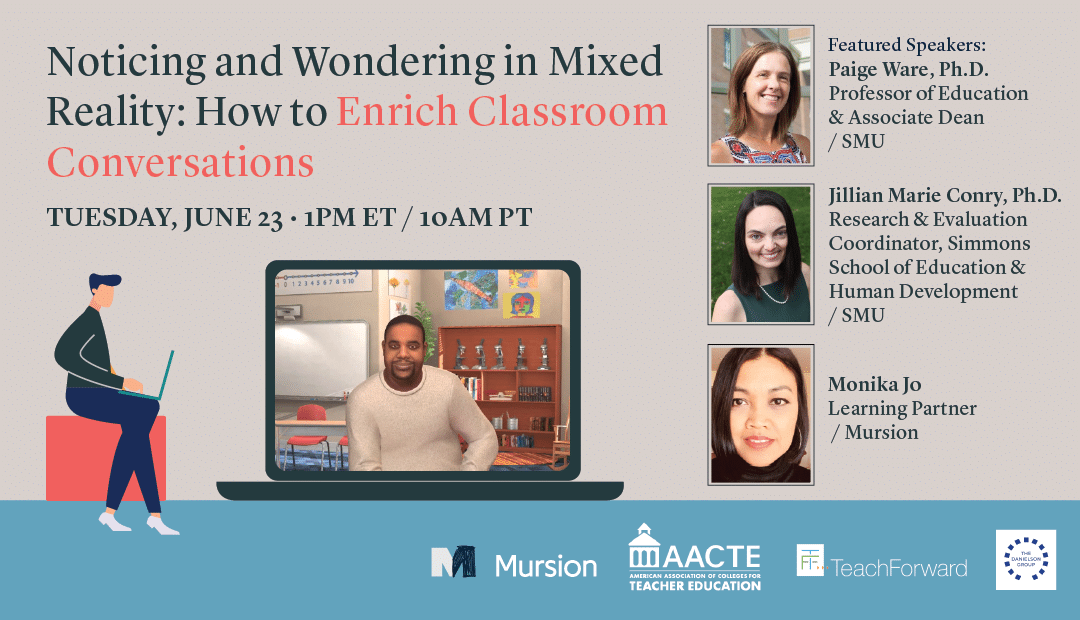
Are you curious to find out more about what it’s like to incorporate Mursion into your program, including how to recruit and train your own simulation specialist? Come hear AACTE member institution Southern Methodist University (SMU) share their experiences as a licensee of the Mursion simulation platform during the Education Roundtable on Tuesday, June 23, at 1:00 p.m. ET. Register to attend (or to receive the link to the recording of the event).
The webinar will feature SMU’s Jillian Conry, research and evaluation coordinator, and Paige Ware, associate dean and professor of education. They will share how Mursion can be used in a number of flexible ways: as a tool for practicing skills and receiving feedback, as a way to evaluate specific teaching competencies, and as a way to create shared experiences that enrich classroom conversations.
22 Jun2020
By Lynn M. Gangone
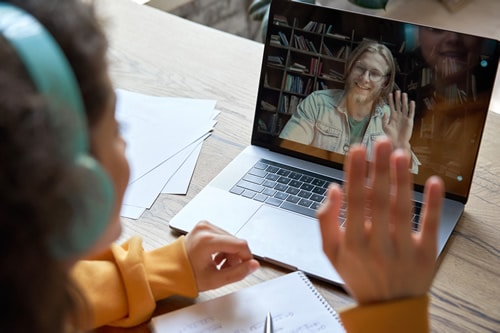
This article originally appeared in eCampus News.
With the onset of coronavirus (COVID-19), school districts, institutions of higher education, and educators are finding themselves in uncharted territory. COVID-19 hit hard and fast. And with that, so did the shift from in-school instruction to online learning, which brought to light very complicated issues and inequities.
The onset of remote learning has magnified the disparity between students who have access to computers and internet and those who do not. The digital divide in our communities, particularly among children from underrepresented and low socioeconomic communities, raises questions that need to be answered.
What technologically based tools make a difference? What context is critical for successful introduction and integration of such tools? What scale of implementation might be possible?
18 Jun2020
By Liz Kolb
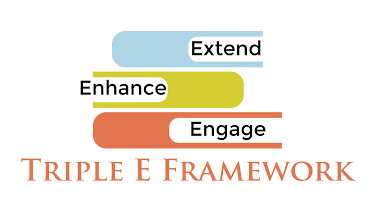 While some of our most vulnerable learners are left behind due to lack of computers or internet connectivity, and we need to strive for policies to end the digital divide, the COVID-19 pandemic also has revealed the long-term staying power of teaching and learning in both brick-and-mortar and distance learning environments.
While some of our most vulnerable learners are left behind due to lack of computers or internet connectivity, and we need to strive for policies to end the digital divide, the COVID-19 pandemic also has revealed the long-term staying power of teaching and learning in both brick-and-mortar and distance learning environments.
As a teacher educator preparing new and veteran teachers to use technology in learning, I know the magic sauce of technology integration is not found in the tool itself, rather the instructional strategies that teachers use in conjunction with the tool.
In order to prepare new teachers to integrate technology to support blended learning, I show teachers how to use the Triple E Framework to evaluate how well a lesson is integrating technology using research-informed approaches. The Triple E Framework is a validated research-informed tool to assess how effectively the technology and the instructional strategies around the technology is helping to engage students in the learning goals, enhance students’ understanding of the learning goals, and extend students’ everyday connection to the learning goals. The Triple E Framework encourages teachers to ask three questions related to each E (engagement, enhancement, and extension) when designing or evaluating lessons with technology. As the teacher answers each question, a score is given, with each question receiving a score between 0 and 2. Ultimately the teachers’ lesson ends up with a total score in a range from 0 to 18. The closer the score is to 18, the better connected the technology choices, instructional strategies, and learning goals are observed in a lesson. When a lesson has a score less than 13, teachers are encouraged to 1) reconsider the tool choice, and/or 2) consider adding research-based instructional strategies around the tool to help boost the score, thus making the technology tools and strategies around the tool better connected to the learning outcomes.
09 Jun2020
By Nicole Dunn
As our education system continues to provide online learning in the wake of the pandemic, all learning institutions will need to consider the element of equitable access to technology for their students. In the past, increasing our student’s digital access in online and blended learning environments has been on the shoulders of families as opposed to schools. Now that technology is being leveraged for learning in our school systems, low-and moderate-income (LMI) youth need education leaders to build the capability or partner with institutions that can support computers, broadband, and technological support access.
The National Center on Digital Equity in collaboration with the Federal Deposit Insurance Corporation (FDIC), is hosting a series of webinars titled “Community Reinvestment Act, Digital Equity and Systemic Inclusion.” In this four-part series, the FDIC will walk participants through systemic approaches that advance digital equity in LMI communities in support of financial and economic inclusion. With the immediate shift to online learning within our education system, this series brings our focus to stabilizing LMI youth and their communities.
05 Jun2020
By Bryan Carter
 In the midst of the COVID-19 pandemic, teacher preparation programs are faced with the difficulty of how to support and evaluate candidates in the field. Here in Washington state, we already face a shortage of willing mentors to host our candidates. A recent study by Western Washington University and my colleagues at the University of Washington estimated that only 3-4% of teachers serve as mentors any given year.[1] According to the findings of a state workgroup in which I participated, this trend is even more pronounced among rural and remote school districts.[2] As a result, programs throughout our state are looking for effective ways to further support our candidates in the field, particularly in rural and remote areas.
In the midst of the COVID-19 pandemic, teacher preparation programs are faced with the difficulty of how to support and evaluate candidates in the field. Here in Washington state, we already face a shortage of willing mentors to host our candidates. A recent study by Western Washington University and my colleagues at the University of Washington estimated that only 3-4% of teachers serve as mentors any given year.[1] According to the findings of a state workgroup in which I participated, this trend is even more pronounced among rural and remote school districts.[2] As a result, programs throughout our state are looking for effective ways to further support our candidates in the field, particularly in rural and remote areas.
One solution that is effective and can support efforts to maintain teacher certifications, including during the pandemic, is the use of online observations. We began using Edthena in 2015, and over the last 5 years, we have witnessed tremendous success and accessibility, especially for candidates in rural and remote school districts. We utilize Edthena’s platform as part of multiple measures to assess candidates in field placements. Field supervisors can use the online video tool in conjunction with traditional in-person observations, providing a nice mixture of evidence for our program to assess our candidates’ readiness towards licensure. Here are some of the highlights of our experience using online video observations.
02 Jun2020
By Ann E. Larson
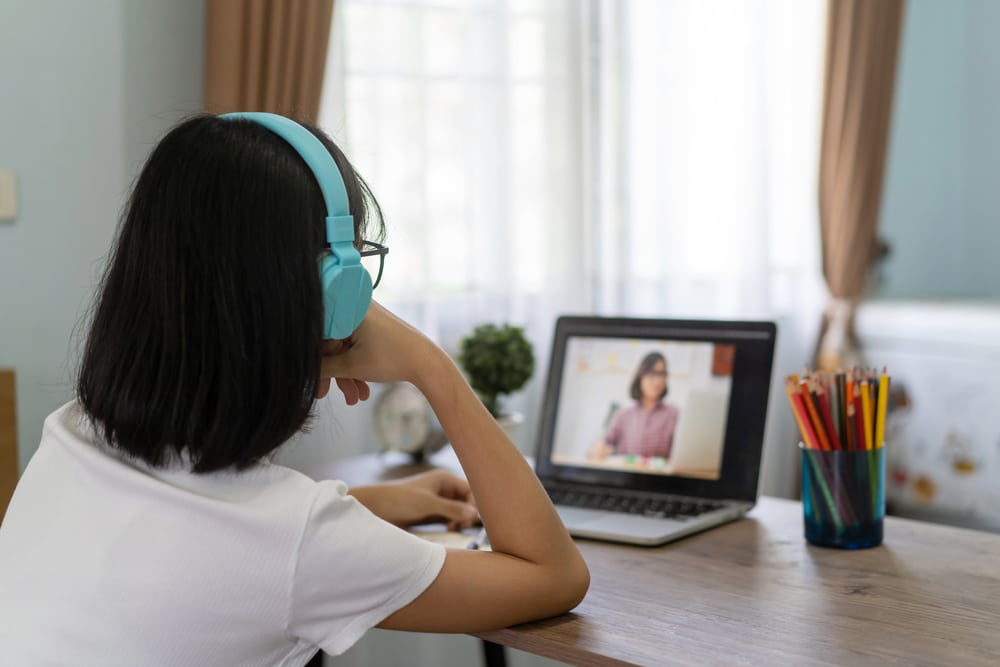
COVID-19 has forced educators to say goodbye to their classrooms and embrace adapting their pedagogy to online formats overnight. They have learned new technology, found creative ways to engage students remotely, and most importantly, kept education moving forward. The current public health crisis has placed a well-deserved spotlight on teachers. As parents struggle to balance work, supervise virtual classrooms, and co-educate their children, a new awareness and appreciation for the influence, power, and value of great teachers has emerged.
We have all read headlines about COVID-19’s drastic impact on the education system. We have seen firsthand the pandemic’s sweeping effect on our education institutions and students. And we have all been challenged to find remote learning opportunities that ensure teacher candidates are well-prepared to enter their own classrooms—whether in-person, hybrid, or virtual. While the hurdles we face are multidimensional, overcoming them is essential. To quote Linda Darling-Hammond, “If you don’t have a strong supply of well-prepared teachers, nothing else in education can work.”
02 Jun2020
By Monika Jo
According to the 2017 Workplace Learning Report, over 50% of learning professionals say that developing strong leaders is the number one objective for their organization. Coaching, communication, and collaboration top the list of skills for leaders, and large organizations report communication skills are more in demand than technical skills. This applies not only to companies’ employees but also for preparing teachers—who need to be adept at having high stakes conversations with their students, peers, administrators and students’ parents and guardians. Now add to that mix a public health crisis that has forced the issue of training while working from home (WFH).
In this white paper ,“Best in Class Leadership Development: How Virtual Reality and Avatars are Changing the Learning Landscape,” you will learn about modern, remote learning experiences that harness today’s technology to affect real behavior change. Backed by research, and no longer novel, simulations and use of avatars to assist learning is playing an increasingly major role in improving human interactions. Here is an outline of the white paper:
02 Jun2020
AACTE Responds to COVID-19
By Jacqueline Rodriguez
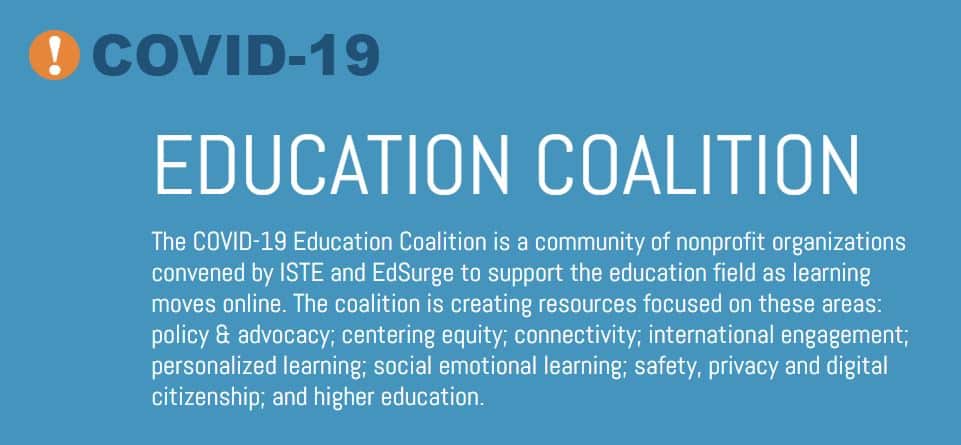 As every educator in the country can attest, effectively leveraging technology in our classrooms, both in the virtual and brick and mortar environment, is paramount. To support our members, earlier this spring AACTE joined more than 70 education organizations in the COVID-19 Education Coalition formed by the International Society of Technology in Education (ISTE). The Coalition’s purpose is curate, create, and deliver high-quality tools and support for educators as they keep the learning going during extended school closures caused by the global pandemic. ISTE and coalition members have launched LearningKeepsGoing.org, a free, online portal with resources for educators and a help desk with experts from across the country to provide real-time support to educators. LearningKeepsGoing.org will also list weekly webinars, offering educators and administrators direct access to national experts.
As every educator in the country can attest, effectively leveraging technology in our classrooms, both in the virtual and brick and mortar environment, is paramount. To support our members, earlier this spring AACTE joined more than 70 education organizations in the COVID-19 Education Coalition formed by the International Society of Technology in Education (ISTE). The Coalition’s purpose is curate, create, and deliver high-quality tools and support for educators as they keep the learning going during extended school closures caused by the global pandemic. ISTE and coalition members have launched LearningKeepsGoing.org, a free, online portal with resources for educators and a help desk with experts from across the country to provide real-time support to educators. LearningKeepsGoing.org will also list weekly webinars, offering educators and administrators direct access to national experts.
As AACTE’s assistant vice president of programs and professional learning, I am co-leading the Higher Education subcommittee of the Coalition with David Sykhuis, assistant dean of the College of Natural and Health Sciences, AACTE Innovation and Technology co-chair, and chair of the National Technology Leadership Summit. Members of the subcommittee include:
28 May2020
By Anna Arias, Brett Criswell, Joshua Ellis, Larry Escalada, Shelly Forsythe, Heather Johnson, Donna Mahar, Amy Palmeri, Margaret Parker and Jessica Riccio
COVID-19 challenges all of us in teacher education to reimagine how to prepare our candidates for the complexity of teaching when they cannot be placed in authentic classroom contexts. Our responses to this challenge will likely require us to stretch the “approximations of practice” that Grossman et al. (2009) described. One strategy that might offer us a means for executing this stretch is video analysis. However, for video analysis to be a meaningful approximation of practice, teacher educators need both useful video case resources and the tools to support candidates’ exploration of these cases.
A group of science teacher educators from across the country has been using the ATLAS library as our main video case resource and the Framework for Analyzing Video in Science Teacher Education (FAVSTE) as our tool for maximizing the learning from these cases. ATLAS has videos (generally 15 -20 minutes in duration) submitted by teachers applying for National Board certification, along with the commentary (Instructional Context, Planning, Analysis, Reflection) associated with the videos. This allows teacher candidates to both see the action occurring in actual classrooms and then read about the thinking of the teacher before and after the lesson that produced that action.
28 May2020
By Paul Floeckher
This article originally appeared on the Kennesaw State University news site and is reprinted with permission.
The Bagwell College of Education’s mixed-reality avatar lab simulates a multitude of situations that teachers can experience, but Kennesaw State faculty probably didn’t envision that one of those scenarios would be providing field experience for teacher candidates during a real-life pandemic.
After universities and PK-12 school systems throughout Georgia transitioned from classroom courses to remote learning last month, the Bagwell College and the Department of Inclusive Education configured the avatar lab for remote access. Unable to be in their actual classrooms, student teachers and master’s candidates have been utilizing the avatar lab online to simulate teaching to a group of students.
“Our teacher candidates are able to take the lesson that they were supposed to teach in the real classroom and do it in our avatar lab, from the comfort of their home,” said Kate Zimmer, an associate professor of special education and the director of the avatar lab. “By no means are we saying that the lab should replace field experience, but, especially in times like these, it definitely makes a difference and helps prepare the best teacher candidates we can.”
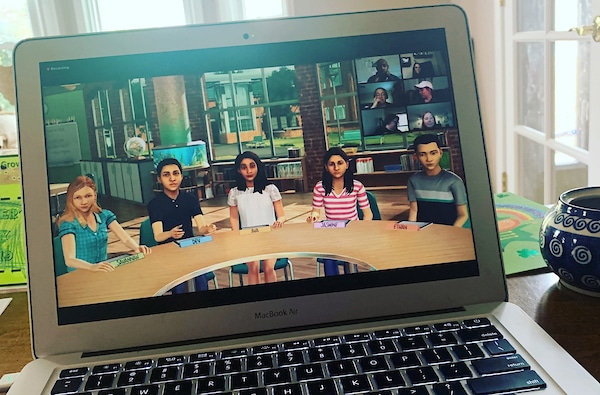
26 May2020
By Monika Jo
 Would teachers find professional development via simulated classrooms useful? This was one of three questions that Toni M. Smith, principal researcher, and Rachel Garrett, senior researcher, from the American Institutes for Research (AIR), explored in the Simulated Instruction in Mathematics Professional Development (SIM PD) Study. The following are excerpts from a summary of their research findings and from what they shared at a May 14, 2020 online event hosted by Mursion, whose virtual reality learning platform was used in the study.
Would teachers find professional development via simulated classrooms useful? This was one of three questions that Toni M. Smith, principal researcher, and Rachel Garrett, senior researcher, from the American Institutes for Research (AIR), explored in the Simulated Instruction in Mathematics Professional Development (SIM PD) Study. The following are excerpts from a summary of their research findings and from what they shared at a May 14, 2020 online event hosted by Mursion, whose virtual reality learning platform was used in the study.
Funded by the Charles and Lynn Schusterman Family Foundation, SIM PD is a pilot of an exciting, new PD program being conducted by AIR. SIM PD offers opportunities for teachers in grades 4–7 to (a) learn about questioning strategies and facilitation of student discourse to promote engagement and understanding of math concepts and (b) practice implementing those approaches using a mixed-reality classroom.
They randomly assigned 16 partnering schools to either participate in SIM PD or continue with business-as-usual professional learning during the 2018-19 school year. They collected documentation of SIM PD activities during implementation and video-based observations of math lessons from both groups of teachers.
 Face-to-face clinical field experience cancelled? Find out how teacher candidates can safely practice instructional strategies through virtual reality (VR) classrooms.
Face-to-face clinical field experience cancelled? Find out how teacher candidates can safely practice instructional strategies through virtual reality (VR) classrooms.






 As we look toward fall 2020, it is clear that PK-12 schools will continue to use some blend of online and face-to-face learning as they deal with social distancing requirements and a possible resurge of COVID-19 cases. Teaching effectively with technology is now an essential competency for all educators.
As we look toward fall 2020, it is clear that PK-12 schools will continue to use some blend of online and face-to-face learning as they deal with social distancing requirements and a possible resurge of COVID-19 cases. Teaching effectively with technology is now an essential competency for all educators.



 In the midst of the COVID-19 pandemic, teacher preparation programs are faced with the difficulty of how to support and evaluate candidates in the field. Here in Washington state, we already face a shortage of willing mentors to host our candidates. A recent
In the midst of the COVID-19 pandemic, teacher preparation programs are faced with the difficulty of how to support and evaluate candidates in the field. Here in Washington state, we already face a shortage of willing mentors to host our candidates. A recent 
 As every educator in the country can attest, effectively leveraging technology in our classrooms, both in the virtual and brick and mortar environment, is paramount. To support our members, earlier this spring AACTE joined more than 70 education organizations in the
As every educator in the country can attest, effectively leveraging technology in our classrooms, both in the virtual and brick and mortar environment, is paramount. To support our members, earlier this spring AACTE joined more than 70 education organizations in the  Would teachers find professional development via simulated classrooms useful? This was one of three questions that Toni M. Smith, principal researcher, and Rachel Garrett, senior researcher, from the American Institutes for Research (AIR), explored in the Simulated Instruction in Mathematics Professional Development (SIM PD) Study. The following are excerpts from a summary of their research findings and from what they shared at a May 14, 2020 online event hosted by
Would teachers find professional development via simulated classrooms useful? This was one of three questions that Toni M. Smith, principal researcher, and Rachel Garrett, senior researcher, from the American Institutes for Research (AIR), explored in the Simulated Instruction in Mathematics Professional Development (SIM PD) Study. The following are excerpts from a summary of their research findings and from what they shared at a May 14, 2020 online event hosted by